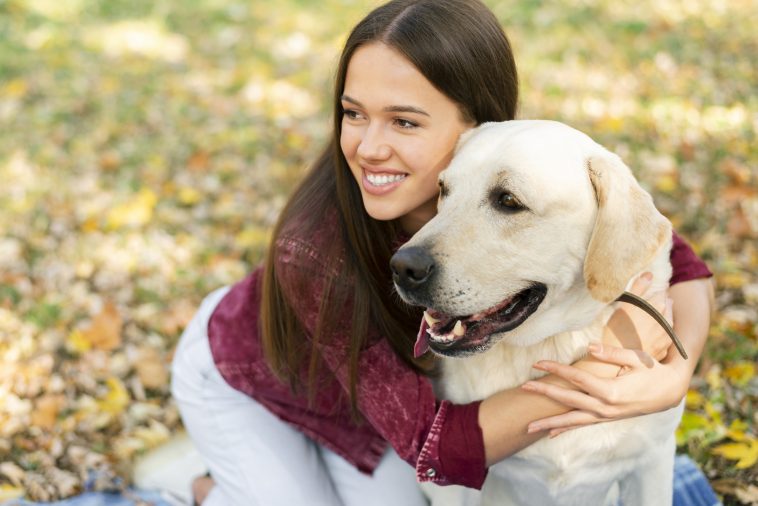Introduction: Dog scooting can be an amusing or perplexing behavior for pet owners, but it often indicates underlying issues with the anal glands. This guide aims to shed light on why dogs scoot, the potential causes, signs of anal gland problems, and the best course of action for concerned pet parents.
1) Why Dogs Scoot: An Overview
- The act of scooting is often a response to an itchy rear end, commonly attributed to full anal glands.
- Anal glands release a distinct fluid with a strong odor, used by dogs for marking.
2) Potential Causes of Dog Scooting:
- Full anal glands are a frequent cause, particularly in smaller breeds.
- Other possible causes include anal gland abscesses, perianal fistulas, anal gland tumors, parasites (like tapeworms), allergies, and more.
3) Signs of Anal Gland Issues:
- Scooting on the floor is a common visible sign.
- Subtle signs include reluctance to sit, whimpering during pooping, straining to defecate, and attempts to lick or chew the rear end.
- Physical signs encompass hair matting, swelling, redness around the anus, foul odor, and fluid discharge.
4) When to Seek Immediate Attention:
- If there’s a bloody discharge, pus, or a hole near the anus, it indicates an anal gland abscess, requiring urgent veterinary attention.
- Dogs with anal gland tumors may exhibit increased drinking and urination.
5) Diagnosing Anal Gland Issues:
- Veterinary professionals can perform procedures to empty anal glands, aiding in diagnosis.
- Further diagnostic tools may include blood work, imaging, or stool analysis.
6) Treatment Options:
- Expressing anal glands is a common outpatient procedure.
- Anal gland abscesses or impactions may require additional medical therapy, antibiotics, anti-inflammatories, warm compresses, or surgery.
- Perianal fistulas may be treated with immunosuppressive drugs, antibiotics, and dietary changes.
- Anal gland tumors often require surgical removal, followed by additional treatments.
- Deworming medications address tapeworms, while allergies may require dietary changes, medications, or allergy injections.
7) Home Remedies and Preventive Measures:
- Fiber supplements, canned pumpkin, or diet changes may aid in natural expression of anal glands.
- Regular vet check-ups, monthly gland checks, and maintaining a healthy body weight are preventive measures.
8) Post-Expression Scooting:
- In most cases, a single expression stops scooting, but some dogs may need more frequent expressions.
- Persistent scooting indicates the need for re-evaluation, potentially signaling a more serious condition.
Conclusion: Understanding the reasons behind dog scooting empowers pet owners to address potential health issues proactively. Regular veterinary check-ups, prompt attention to signs, and a proactive approach to preventive measures contribute to the overall well-being of canine companions.
Is there anything else I can help you with?


